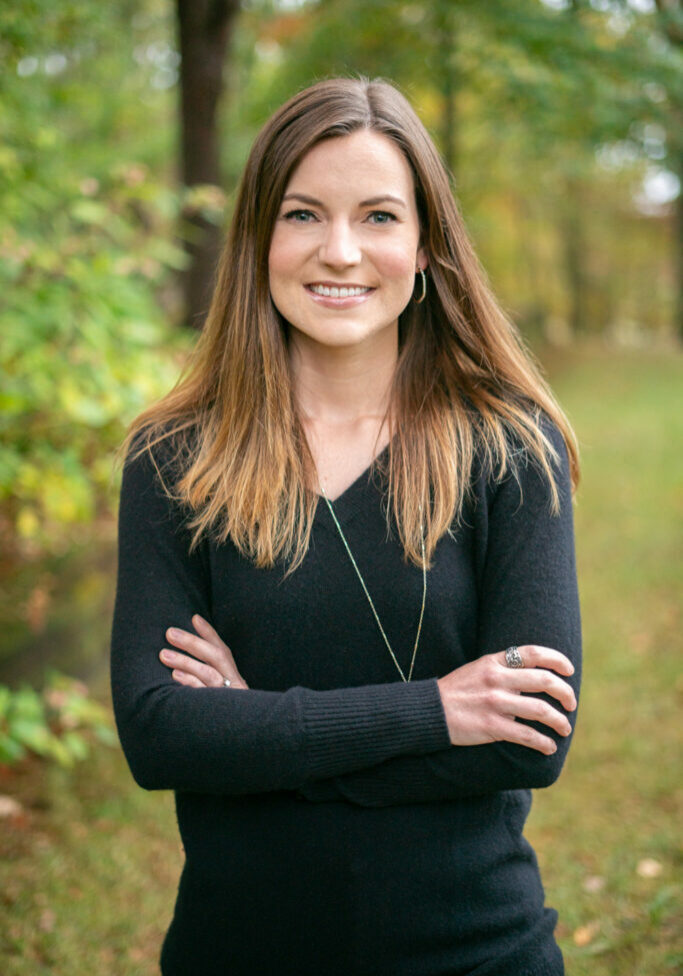Helping Your Child’s Vision Development
Babies aren’t born with visual skills; they actually have to learn how to see!
We’re so used to our sense of sight that it seems automatic, but everything we do with our eyes is something we had to learn and develop in early life. Babies need to develop a number of visual skills to use their eyes effectively and process what they see, the same way they have to learn how to walk and talk. Parents can help them in a number of ways, including age-appropriate toys.
A Baby’s View of the First Six Months
For an infant, the world consists of light, shadow, and blurry shapes. The only distance at which they can really focus their eyes is 8-15 inches away (which happens to be the distance of the face of the person holding them). Over time, as their central vision develops, they start to see more clearly and sharply. Parents can help with this by:
- Filling their surroundings with color. Color vision doesn’t begin developing for a few weeks, but once it does, they won’t be able to get enough of those pretty, bright colors. This is why babies enjoy mobiles over their cribs.
- Moving objects in front of them to help them get used to tracking movement with their eyes.
- Playing peek-a-boo to help them practice focusing their eyes.
Enormous Visual Progress in Months 6-12
Around month six, hand-eye coordination begins to develop. Parents can help by supplying Baby with many colorful objects to grab and play with. Crawling also boosts their coordination (sometimes at the price of a bump on the noggin, because they don’t yet understand that their head doesn’t stop at their eyes).
The next six months are when peek-a-boo will lose its appeal. This is because they will begin to understand object permanence, so they essentially learn how the magic trick works. Mom and Dad aren’t actually blinking out of existence like wizards when they hide behind their hands, they’re still there just out of sight. Not very exciting. It’s time to try a new game at this point, like hiding toys under a blanket for them to try to find.
The Advanced Visual Skills of Toddlerhood
When babies learn to walk, they gain even more coordination. Playing with balls helps. Big factors in a toddler’s visual skills are comprehension and balance. As they begin talking, they attach names to the objects they see. By age two, they might even begin to discover their burgeoning artistic talent. Make sure to keep them supplied with paper and crayons. They will also enjoy big, interlocking blocks or wooden blocks that they can move and stack.













